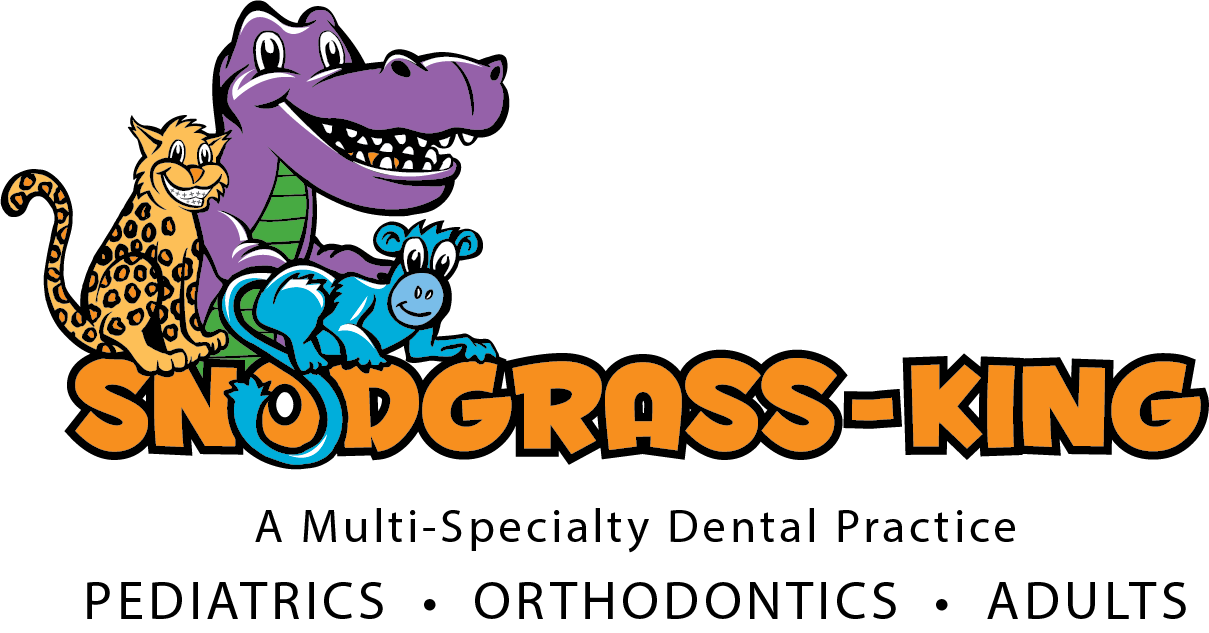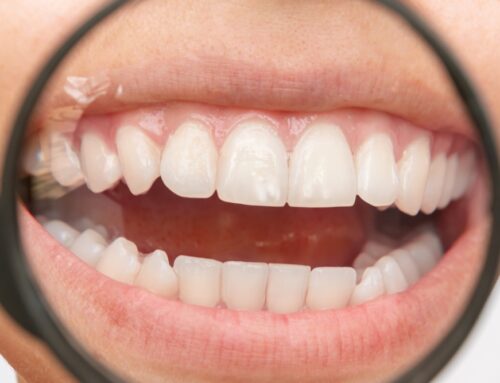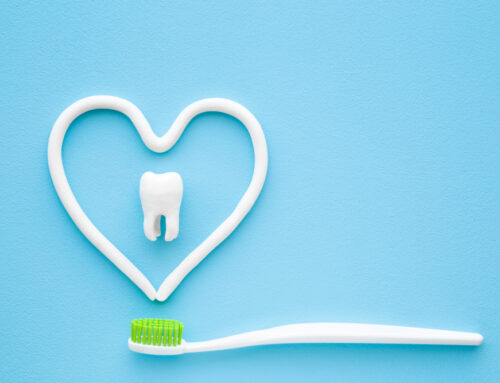
Comparing Permanent Retainers and Traditional Retainers
Orthodontic treatment is a serious investment that hopefully creates beneficial life-long results. Keep in mind that orthodontic retainers are meant to keep that investment in place. Kids may have trouble taking care of their retainers, which might even lead to some broken or lost retainers.
Your kids may even forget to wear their retainers or even straight-up refuse to wear them. Thankfully there is a solution to a lot of these traditional orthodontic retainer problems with permanent retainers also known as bonded retainers.
Of course, just because there are permanent retainers doesn’t mean that traditional retainers aren’t effective. Learn about the difference between permanent and traditional types of retainers for you or your child after orthodontic treatment.
How Permanent Retainers Work
Permanent retainers, also known as fixed retainers, may be the best solution for post braces orthodontic maintenance. A thin metal wire is secured with oral glue or cement to the back of the straightened teeth. It goes virtually unseen and is unobtrusive. The back teeth are usually left unbonded so they have enough room to shift and adjust appropriately as the jaw matures.
Usually, the jaw can grow and adjust all the way from puberty through your early twenties, so you can expect a little repositioning as time goes on.
A Little Extra Work for a Better Orthodontic Outcome
Because fixed retainers are bonded to the teeth, learning to floss with them attached can be a bit of a challenge. Young children may still need help flossing around the retainer. Usually, it’s a bit tricky, but with practice and a floss threader, you or your child will get used to this new method of flossing.
Also, just because you have a wire bonded to your teeth is not an excuse for not taking care of your oral health. You need to make sure to clean between the teeth and around the fixed retainer in order to prevent gum disease and tooth decay. As usual, you should expect to keep seeing your dentist for regular check-ups and to keep up with your dental care. Not to mention seeing an orthodontist for permanent retainer check-ups too.
So it might be a little more work in the long term, but many patients report excellent results.
What Happens If The Permanent Retainer Breaks?
There is the possibility of breaking the fixed retainer wire. Things that can cause a permanent retainer to break include:
- Chewing hard foods or chewing on ice
- Getting hit in the mouth
- Hard biting from a mouth injury
- Brushing too hard causes wear and tear on the bonding
- Loss of wire integrity over time
As for how the retainer is fixed, that will depend on the type of break. If the wire breaks, then the retainer will have to be restructured and rebonded completely. If only one of the bonding points is loose or broken down, then more bonding material can be applied.
With a bonded retainer, teeth shouldn’t be able to move at all. If the bonded retainer breaks, however, teeth may begin to move without you noticing at first. If the glue becomes detached from one of the teeth it is holding in place, the teeth will most likely begin to shift over time.
No Stress with Permanent Retainers
Essentially, permanent retainers are a no-fuss and patient-friendly solution that parents love. Outside of your child’s routine brushing and flossing, fixed retainers can’t get left in a napkin during lunch or melt on the sidelines while your child plays sports. Plus, studies have shown that your child has a better success rate of keeping those beautiful teeth straight after braces when they have a permanent retainer.
How Long Will It Last?
While they are permanent they do wear out over time. Luckily, they are known to last a very long time! They have been known to last 20 years and even longer with care.
Traditional Orthodontic Retainers
The power of the traditional retainer should not be denied. It is the grandfather of dental appliances that have kept teeth straight for decades. But, with that, they’ve also been forgotten on napkins, tossed in the trash, broken, or left in the case and never worn again. Still, for all the user errors, wearing your retainer helps protect your investment of braces for years to come.
Once those braces come off, you can finally brush and floss normally, and eat whatever foods you’d like! You are finally free to enjoy your new smile. The difficult journey of hiding your teeth is no longer an issue. What a relief! It’s time to wear that new, beautiful smile proudly for all to see.
What Are Traditional Retainers Made Of?
Traditional retainers consist of wires and plastic retainer pieces that help hold the teeth in place. The wires connect everything and also form the way that the retainers are anchored to the back teeth.
Why Do I Need A Retainer?
Your teeth always have the potential to move, but the first couple of years after braces can lead to a lot more shifting and movement. If you had your braces on for two years, then two years without braces and structure could regress your teeth back to square one. Traditional retainers hold teeth in their new positions after braces. The bone and tissue around teeth need time to stabilize and set. Retainers keep the teeth still in order for stabilization to occur.
How Long Do I Need A Retainer?
Your orthodontist will develop a plan on how long you should wear a retainer. Some people need to wear their retainer all day for an allotted amount of time, and then they can switch to wearing the retainer just at night once instructed. Because your teeth can shift back to their pre-braces space when you first get your braces off, it is likely that you will be required to wear your retainer nearly 24/7 for anywhere from 6 months to a couple of years. This is a small price to pay to keep those teeth straight.
How Long Do Traditional Retainers Last?
Typically, traditional retainers will last between 5-10 years. The better you take care of them, the longer they’ll last.
How Do I Take Care of My Orthodontic Retainer?
The number one thing to do with your removable retainer to take care of it is ALWAYS put it in its case when you’re not wearing it. This will prevent you from throwing it away accidentally, and prevent you from losing it.
As a rule of thumb, you should clean your retainer at least once a day.
Your orthodontist can give you more specific instructions for how to clean it and protect the wires from getting damaged.
Can You Get A Retainer At A Dentist’s?
It depends on if your dentist’s office has orthodontic services. Usually, you’ll need a specific orthodontist with specific training to give you the care necessary for successful orthodontic treatment. However, even a normal dentist’s office can help you with the first step of treatment. At a pediatric dentistry office, we can perform x-rays, take teeth impressions, and other prep work before you meet with your orthodontist.
Contact Your Orthodontist
We would be happy to chat about your options and how they may benefit you. As your Nashville Orthodontist, we fully understand that orthodontic care is an investment in healthy smiles, and we want to help make that investment one in a lifetime with the proper attention and treatment.
If you have any questions about which retainer is right for you or your child, request an appointment today! Still, deciding whether your child needs braces or not? We’d be happy to discuss treatment options and the advantages of permanent retainers. Schedule an appointment with your local Snodgrass-King pediatric dentistry office today!





